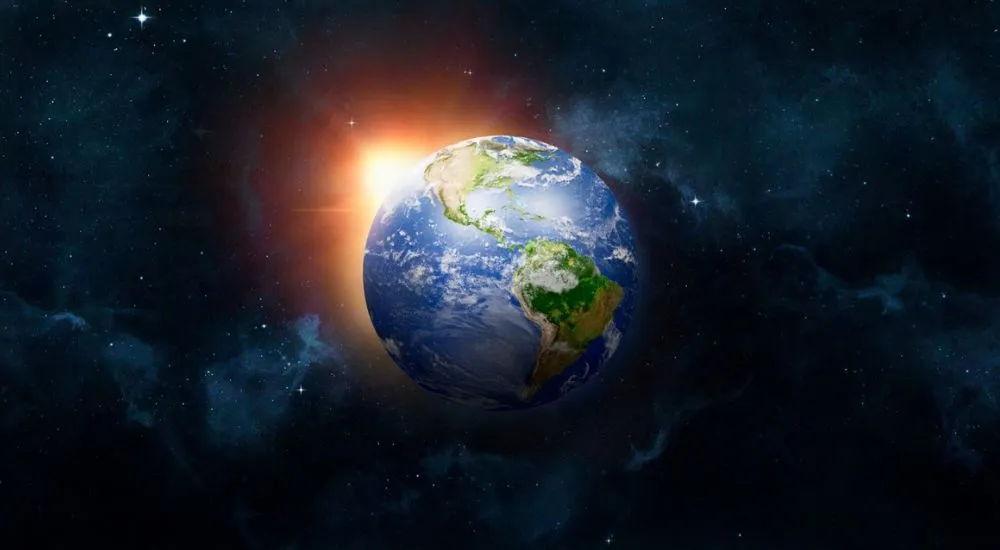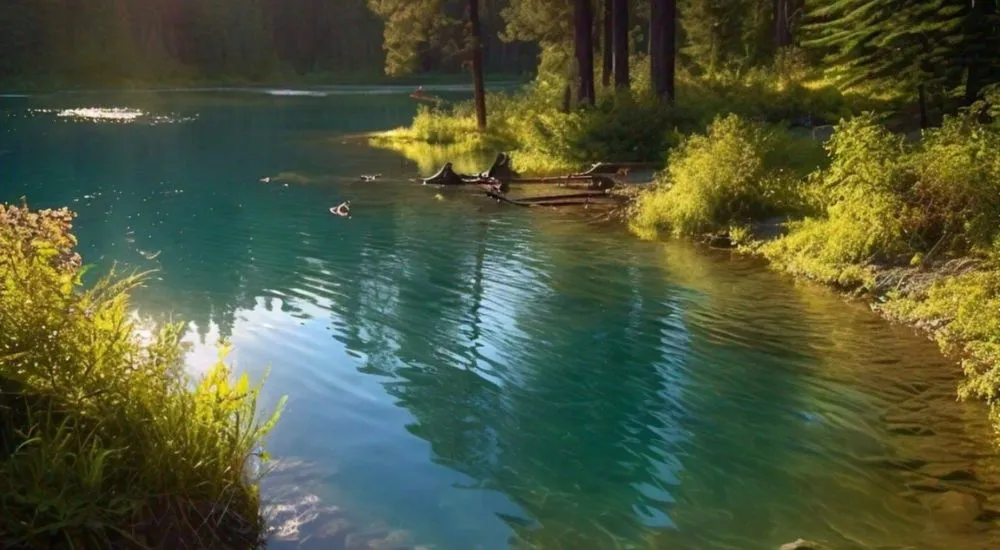41. In which layer of Earth’s atmosphere do auroras occur?
(A) Exosphere
(B) Stratosphere
(C) Mesosphere
(D) Thermosphere
(D) Thermosphere
Explanation: Auroras (Northern and Southern Lights) occur in the thermosphere, where charged particles from the Sun interact with Earth’s magnetic field.
42. Which layer of Earth’s atmosphere is most important for radio communication?
(A) Troposphere
(B) Stratosphere
(C) Ionosphere
(D) Mesosphere
(C) Ionosphere
Explanation: The ionosphere, part of the thermosphere, contains charged particles that reflect radio waves, making long-distance radio communication possible.
43. Which of the following is the most abundant greenhouse gas in Earth’s atmosphere?
(A) Carbon dioxide
(B) Methane
(C) Water vapor
(D) Nitrous oxide
(C) Water vapor
Explanation: Water vapor is the most abundant greenhouse gas in Earth’s atmosphere. It plays a crucial role in Earth’s climate and weather patterns, although carbon dioxide and methane are also significant contributors to the greenhouse effect.
44. Which layer of the atmosphere protects Earth from meteoroids?
(A) Troposphere
(B) Mesosphere
(C) Stratosphere
(D) Thermosphere
(B) Mesosphere
Explanation: The mesosphere burns up most meteoroids that enter Earth’s atmosphere, preventing them from reaching the surface.
45. In which layer of Earth’s atmosphere do commercial jets typically fly?
(A) Troposphere
(B) Stratosphere
(C) Mesosphere
(D) Thermosphere
(B) Stratosphere
Explanation: Commercial jets typically fly in the lower stratosphere to avoid turbulence and weather disturbances that are common in the troposphere.
46. What is the gravitational force at the centre of the Earth?
(A) Maximum
(B) Half of the surface gravity
(C) Zero
(D) Twice the surface gravity
(C) Zero
Explanation: At the centre of the Earth, the gravitational forces from all directions cancel each other out, resulting in zero net gravitational force. Therefore, an object at the exact center of the Earth would experience no gravitational pull.
47. Where the gravitational acceleration of the Earth is maximum?
(A) Centre
(B) Outer core
(C) Surface
(D) Mountain top
(C) Surface
Explanation: The maximum gravitational acceleration is found at the Earth’s surface. This value represents the acceleration due to gravity, indicating how quickly an object will accelerate towards the Earth when in free fall.
48. What is the primary cause of Earth’s magnetic field?
(A) Movement of the lithosphere
(B) Interaction of the solar wind with the atmosphere
(C) Convection currents in the outer core
(D) Rotation of the Earth
(C) Convection currents in the outer core
Explanation: Earth’s magnetic field is generated by convection currents of molten iron and nickel in the outer core, which create electric currents and produce the magnetic field.
49. What is the position of the Sun during an equinox?
(A) Directly over the Tropic of Cancer
(B) Directly over the Tropic of Capricorn
(C) Directly over the Equator
(D) At its highest point in the sky
(C) Directly over the Equator
Explanation: During an equinox, the Sun is positioned directly over the equator. This results in nearly equal lengths of day and night across the globe. Equinoxes occur twice a year, around March 21 (vernal equinox) and September 23 (autumnal equinox).
50. What occurs during an equinox?
(A) The Sun is directly overhead at the Tropic of Cancer
(B) Day and night are of equal length
(C) The Earth is closest to the Sun
(D) The longest day of the year occurs
(B) Day and night are of equal length
Explanation: During an equinox, the Sun is positioned directly above the Earth’s equator, resulting in nearly equal lengths of day and night across the globe. Equinoxes occur twice a year, around March 21st (Vernal Equinox) and September 23rd (Autumnal Equinox).
51. What is the significance of the summer solstice?
(A) It is the day with the shortest daylight hours of the year
(B) It marks the beginning of autumn
(C) It is the day with the longest daylight hours of the year
(D) It is the day when the Sun is closest to Earth
(C) It is the day with the longest daylight hours of the year
Explanation: The summer solstice is significant because it is the day of the year with the longest period of daylight and the shortest night. It marks the beginning of summer in the Northern Hemisphere and occurs around June 21.
52. The temperature of the Earth’s core is comparable to the temperature of
(A) Sun’s core
(B) Moon’s core
(C) Sun’s surface
(D) Earth’s surface
(C) Sun’s surface
Explanation: The temperature at Earth’s core is estimated to be around 5,400°C (9,800°F), which is roughly as hot as the surface of the Sun. This extreme heat is due to the decay of radioactive elements and residual heat from Earth’s formation.
53. Which layer of the Earth’s atmosphere is the coldest?
(A) Troposphere
(B) Mesosphere
(C) Stratosphere
(D) Thermosphere
(B) Mesosphere
Explanation: The mesosphere is the coldest layer of Earth’s atmosphere, with temperatures dropping as low as -90°C (-130°F) at its upper boundary.











2 Comments
I have been browsing online more than 2 hours today, yet I never found any interesting article like yours.
It is pretty worth enough for me. In my view, if all webmasters and bloggers
made good content as you did, the internet will be much more useful
than ever before.
Thank you Marticka Jandova. This type of positive comments is the source of inspiration for me. Be with us to get more useful content like this.